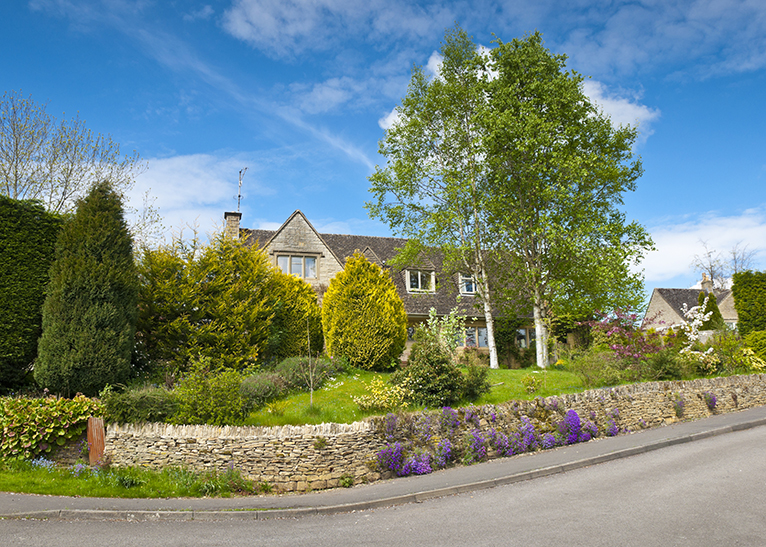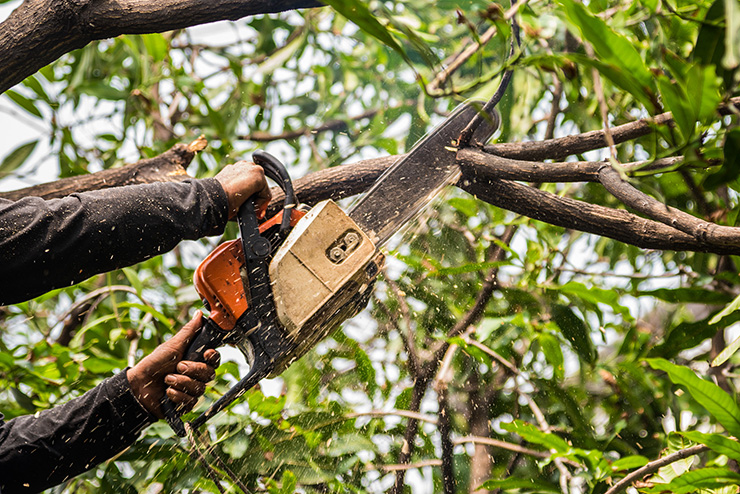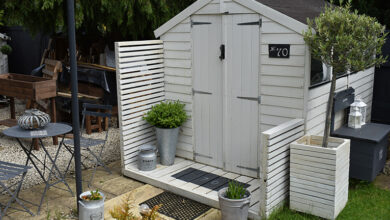Trees can really make a garden. They provide shade, colour and even fruit, with their scale really being needed to shape the spaces in a larger space. It’s great to be able to plant new trees to add to the eco-diversity of your area, but most of us simply inherit our trees from our homes’ previous owners.

The vast majority of these trees are fantastic and some may even have protected status. But there is a chance that your trees may be poorly-maintained, badly positioned or even dangerous. Gardeners may be able to offer advice and work on your trees, but you should remember that tree surgeons are not just for your local park or those with a large estate. They can save damaged trees, remove dangerous branches and even move trees where necessary.
Here are five things to explore when working with a tree surgeon to ensure your trees always look fantastic.
1. Safety precautions
Undertaking maintenance or pruning of larger trees can be dangerous for the untrained, so you’re far better off using a trained tree surgeon. They will have all the necessary safety equipment and be insured. Always make sure that pets and children are kept out of the way during any work, as falling branches or flying woodchips can both be dangerous. Keep your windows closed too, as tree work can kick up a lot of dust and debris.
2. Moving trees
Relocating trees is very much a last resort, as they will all sustain some damage when you move them. That said, a professional should be able to plan and execute such a move for you. The time of year is as important as the preparation work, although plenty of investigatory digging will be needed to examine the tree’s roots and its suitability for transfer to a new site in the garden. Expect to hire a tree surgeon for at least a day to carry out a move. They may also suggest coming back for maintenance work and you must look after the tree carefully for the first year after the move.

3. Preventing tree problems
No matter how old a tree is, it won’t be immune to diseases or blights. In most cases, catching tree problems early will mean it can saved by a tree surgeon. If you have a lot of trees on your property you should have an annual or bi-annual inspection. But just keeping an eye on a tree’s health should be sufficient for most domestic gardens. If a tree is damaged or diseased beyond repair then it will probably need to be removed. Obviously, this is no job for a hobbyist gardener. Your tree surgeon will be able to advise whether you can retain the stump for wildlife or decorative reasons.
Read more: avoiding tree damage
4. Cutting back
Trees will sometimes need pruning, whether that’s due to proximity to your home, storm damage or simply to encourage growth. Pruning is best done from April through late summer for most trees, although dead or damaged branches can be removed at any time. A tree surgeon will know the best time to prune your tree to avoid disease. If it has grown too large then they’ll explore methods such as pollarding, lifting the crown or simply thinning out. As a rule of thumb, before you carry out any tree pruning, or other garden maintenance, you need to check for the presence of active bird nests. If you see birds carrying nesting material or food items into a hedge, bush or tree, this also suggests that there is a nest within. Under The Wildlife and Countryside Act 1981, it is an offence to knowingly damage or destroy the nest of any wild bird while it’s being used or being built.
5. Protected trees
A professional tree surgeon will always be willing and able to check if your tree is subject to a Tree Preservation Order (TPO). This is important, as any work on it (even pruning) needs to be approved by your local authority. This can mean applying up to eight weeks ahead of the work that needs doing. In most cases, serious pruning work or removal will only be approved if the tree is dead or dangerous. You may have to replace it with a similar one. It’s important that you comply with TPOs, as you can be fined for any work on a protected tree that has not been approved, which can set you back by £2,500, or £20,000 if you cut it down.




Trees keep the main role in my life. Recently I have designed a garden and my aim to grow many different types of trees because I love gardening.
We have a very very tall Eucalyptus tree the height worries us, should we have him cut down or do you think it is safe to keep. If he needs to come down how much approx. Would it cost.
Hi Pauline, I’d put this question to expert tradespeople at http://www.ratedpeople.com/diy-advice. If you can give more details with regard to the height and location, they’ll be able to advise you. If you decided you then needed to get the work done, you could post a job from our main site or through our Homes app on the iTunes or the Google Play Store and up to three tradespeople would be in touch to give you a quote for the work. I hope this helps.